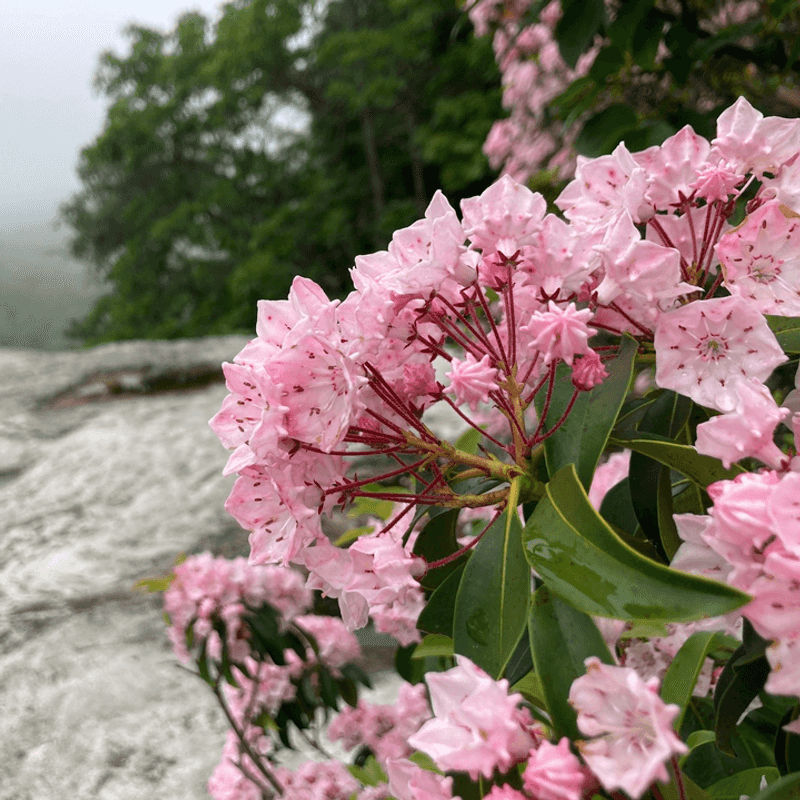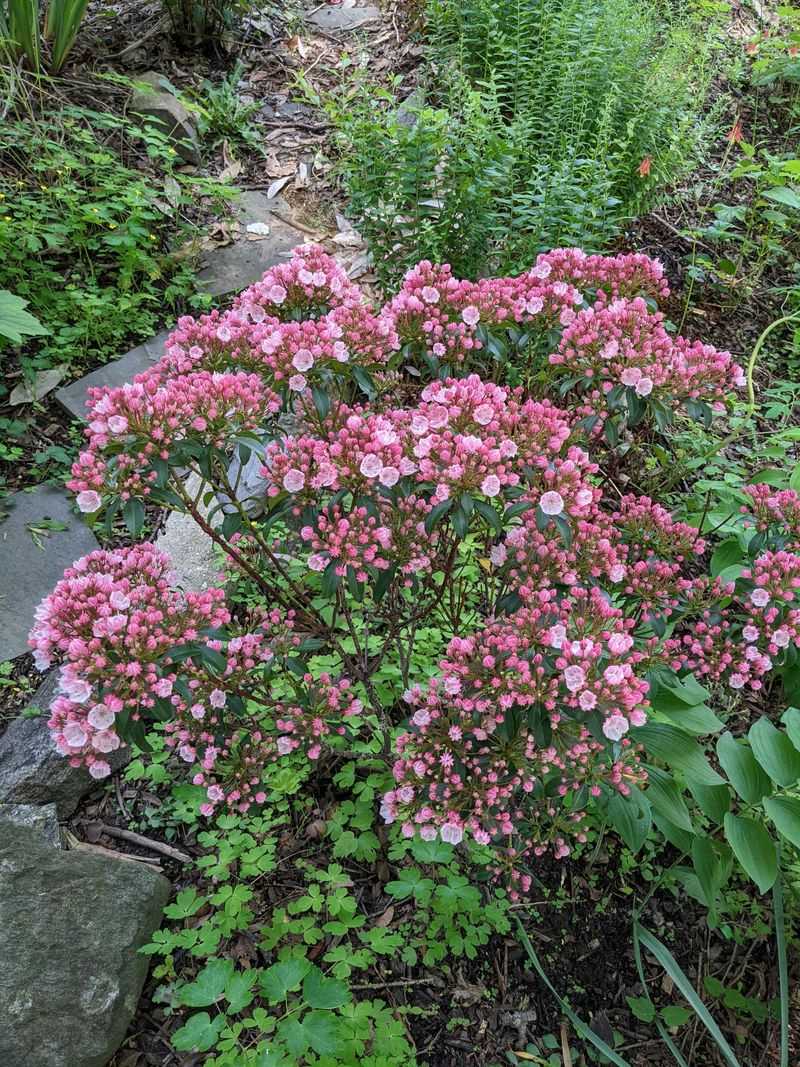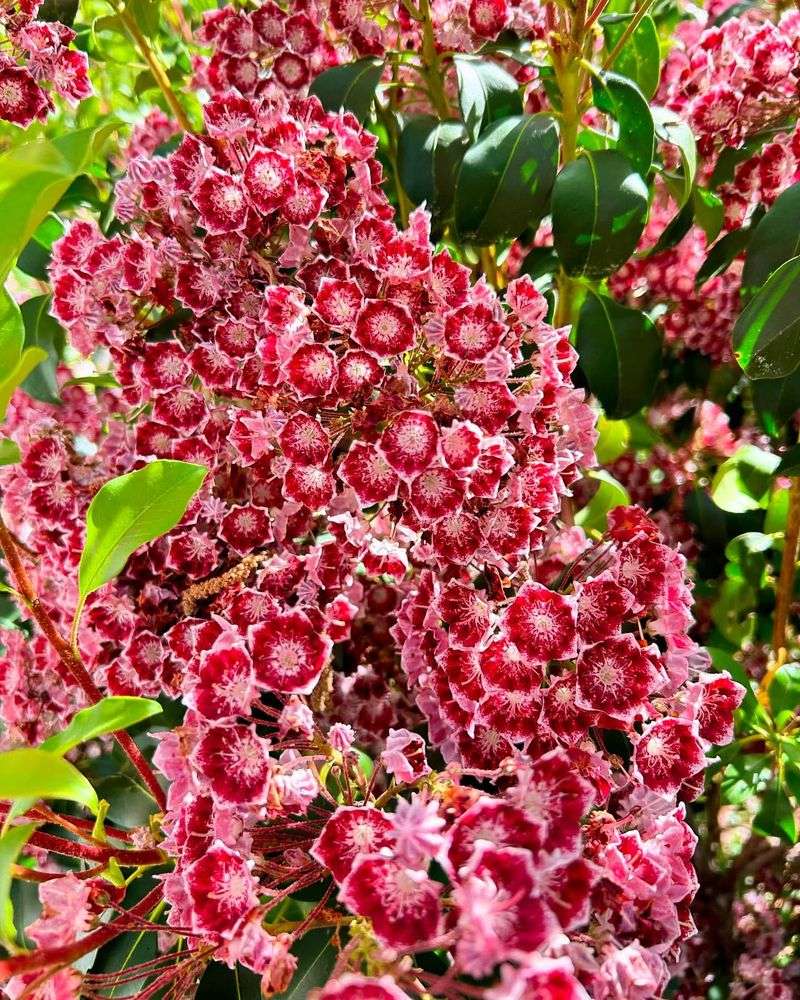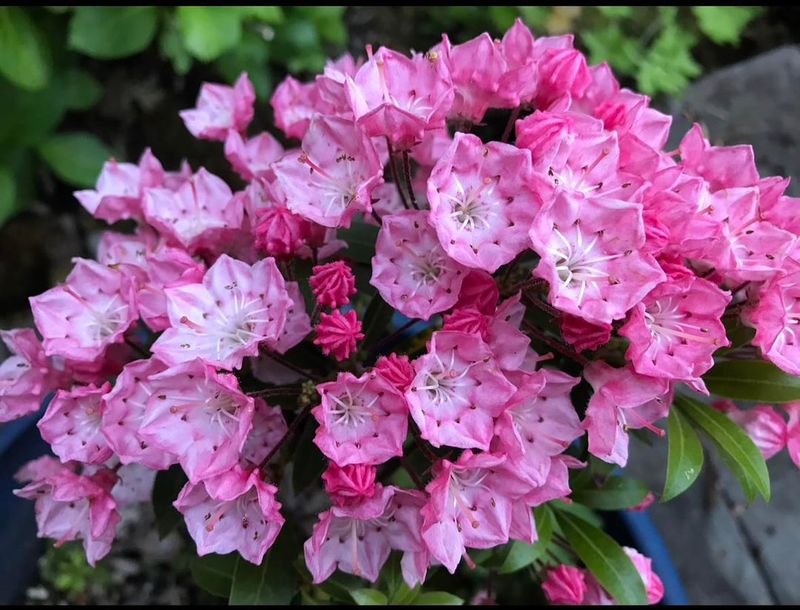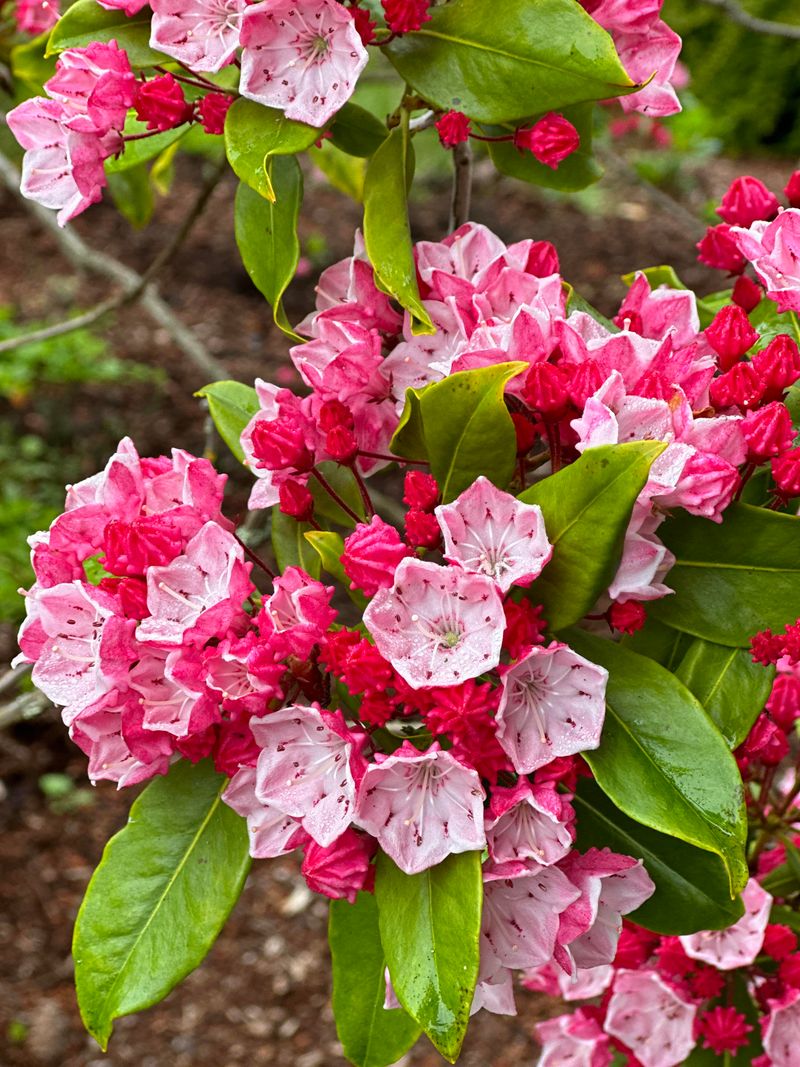Virginia gardens have a showstopper that always steals attention when it blooms — the mountain laurel. I still remember the first time
I saw its pink clusters glowing against the green, and it felt like spring had dressed up just to impress. This native shrub doesn’t just add color; it brings elegance and charm that lasts all season.
Once you’ve seen a mountain laurel in full bloom, it’s hard to imagine a garden without it.
1. Native Virginia Beauty That Belongs Here
Mountain laurel has called Virginia home for thousands of years, making it perfectly adapted to the state’s climate and soil. Unlike imported plants that struggle to survive, this native shrub thrives naturally in Virginia’s forests without extra care or attention.
Local wildlife depends on mountain laurel for shelter and food throughout the year. Birds nest in its evergreen branches during harsh winters, while deer browse its leaves when other food becomes scarce in the mountains.
2. Flowers That Look Like Tiny Works of Art
Each mountain laurel blossom features intricate patterns that seem almost too perfect to be real. The cup-shaped pink flowers have delicate ridges and darker pink spots that create stunning designs you could study for hours.
When buds first appear, they look like tiny folded umbrellas waiting to open. As they bloom across Virginia’s hillsides in late spring, the transformation creates one of nature’s most impressive shows, attracting photographers and hikers from neighboring states.
3. Evergreen Leaves Provide Year-Round Interest
While many Virginia plants lose their leaves each fall, mountain laurel keeps its glossy green foliage all year long. This evergreen quality makes it valuable for adding color to winter landscapes when everything else looks bare and brown.
The thick, leathery leaves have a waxy coating that helps them survive cold mountain temperatures. Gardeners across Virginia appreciate having this reliable greenery that looks attractive even when snow blankets the ground during January and February.
4. Thrives in Challenging Mountain Conditions
Rocky slopes and shady forest floors don’t intimidate mountain laurel one bit. This tough shrub grows happily in acidic soil where many other plants would give up, making it perfect for Virginia’s Appalachian regions.
Steep hillsides throughout Shenandoah National Park showcase massive mountain laurel thickets that have survived for decades. The plant’s ability to grip rocky terrain with strong roots helps prevent erosion while creating beautiful displays that hikers admire along Virginia’s mountain trails.
5. Creates Dense Thickets That Support Wildlife
Mountain laurel branches grow so densely that they form natural shelters called “laurel hells” by Virginia hikers. These thick tangles might be tough to walk through, but they provide essential hiding spots for countless forest creatures.
Salamanders, rabbits, and ground-nesting birds find safety within these protective barriers from predators. During summer storms that roll through Virginia’s mountains, small animals take refuge under the laurel’s waterproof canopy, staying dry until sunshine returns.
6. Blooms Arrive at the Perfect Spring Moment
Timing is everything in nature, and mountain laurel has mastered the art of blooming exactly when Virginia needs it most. Late May through early June brings waves of pink flowers just as spring wildflowers fade and summer hasn’t quite arrived.
This perfect scheduling fills a gap in the forest’s floral calendar, keeping pollinators fed between seasons. Visitors planning trips to Virginia’s state parks specifically time their visits around mountain laurel blooms, creating tourism opportunities for local communities.
7. Symbolizes Virginia’s Natural Heritage and Pride
Few plants represent Virginia’s wild beauty quite like mountain laurel does. The shrub appears on countless postcards, paintings, and photographs celebrating the state’s natural treasures, becoming an unofficial symbol of Virginia’s mountain regions.
Local festivals throughout Virginia celebrate mountain laurel season with guided hikes and nature programs. Families pass down favorite viewing spots through generations, creating traditions around these annual blooms that connect people to Virginia’s landscape in meaningful ways.


